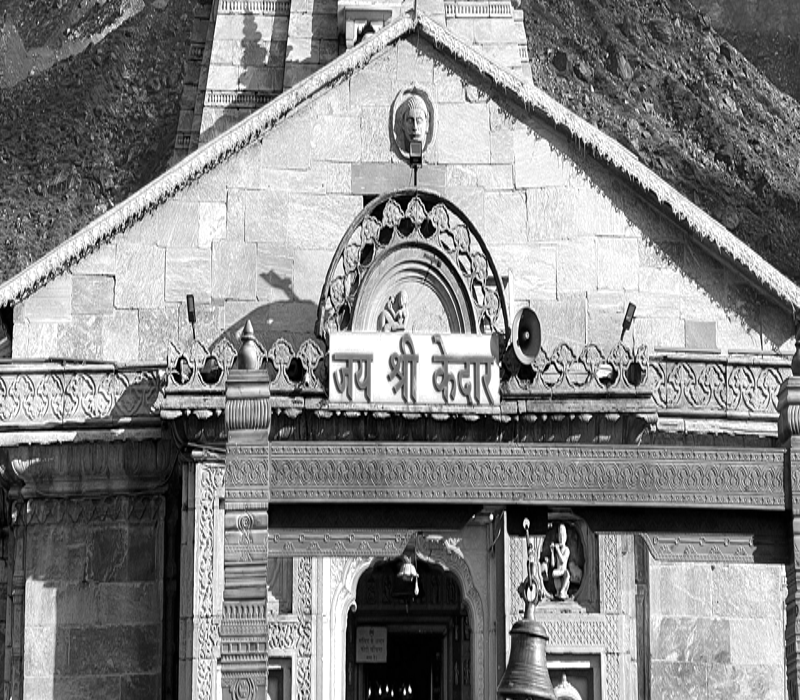- Offices: Dehradun | Dwarka New Delhi
Located amidst the verdant hills of Dehradun, India, the Buddha Temple stands tall as a symbol of peace, tranquility, and spiritual enlightenment. Also known as the Mindrolling Monastery, this magnificent Buddhist temple complex is one of the most significant and revered religious sites in Uttarakhand. With its captivating architecture, vibrant cultural heritage, and serene ambiance, the Buddha Temple attracts both devotees and tourists from across the globe, offering a unique blend of spirituality and cultural richness.
Historical Roots:
The origins of the Buddha Temple can be traced back to the 17th century when the renowned Buddhist scholar and saint, Rigzin Terdak Lingpa, established the Mindrolling Monastery in Tibet. Unfortunately, political turmoil in Tibet in the mid-20th century led to the exodus of several Tibetan Buddhist masters and followers, seeking refuge in India. One such revered figure was Khochhen Rinpoche, who arrived in Dehradun in 1965 and took the initiative to reestablish the Mindrolling Monastery in its new Indian abode.
With the support of the Indian government and the local community, the Buddha Temple was constructed on a sprawling campus in the serene foothills of the Himalayas. The temple was consecrated in 1967 by the 14th Dalai Lama, Tenzin Gyatso, infusing it with spiritual energy and significance.
Architectural Marvel:
The Buddha Temple is a marvel of architectural brilliance, showcasing traditional Tibetan and contemporary influences. As visitors approach the temple, they are greeted by a towering and intricately carved entrance gate known as the "Gates of Gratitude." The gate is adorned with vibrant frescoes, intricate murals, and skillfully crafted wooden panels that depict the life and teachings of Lord Buddha.
The main temple complex stands tall and majestic, showcasing impressive and vibrant Tibetan-style architecture. The central stupa, known as the "Great Stupa," is a key feature of the temple. Rising to a height of 185 feet, it is one of the tallest stupas in Asia, captivating all who behold it. The stupa is adorned with ornate gold-colored carvings, prayer flags, and prayer wheels, signifying the spiritual aspirations and prayers of the devotees.
Spiritual Significance:
The Buddha Temple holds immense spiritual significance for followers of Tibetan Buddhism and serves as a center for religious and philosophical teachings. The temple follows the Nyingma school of Tibetan Buddhism, one of the oldest and most traditional schools in the country.
The resident monks and scholars at the temple actively engage in spreading the teachings of Lord Buddha, conducting rituals, and offering prayers for the well-being and harmony of all beings. Devotees and visitors often participate in meditation sessions, prayer gatherings, and spiritual discourses, experiencing a profound sense of inner peace and enlightenment.
Vibrant Festivals and Celebrations:
The Buddha Temple comes alive during various Buddhist festivals and celebrations, offering visitors an opportunity to immerse themselves in the vibrant tapestry of Tibetan culture and traditions. Losar, the Tibetan New Year, is celebrated with great enthusiasm and includes colorful processions, traditional dances, and other cultural performances. The birth anniversary of Guru Padmasambhava, known as "Guru Rinpoche," is another significant celebration that attracts devotees from near and far.
The Beautiful Gardens:
The temple complex is not only a spiritual haven but also a visual delight. The well-maintained gardens surrounding the temple are adorned with colorful flowers, lush greenery, and meticulously manicured landscapes. The gardens provide a peaceful atmosphere for visitors to relax, meditate, or take a leisurely stroll, adding to the overall tranquil ambiance of the place.
Preserving the Heritage:
The Buddha Temple is not just a place of worship; it is also a repository of cultural and religious heritage. The temple authorities are dedicated to preserving and promoting the rich traditions and teachings of Tibetan Buddhism. They undertake various initiatives to educate the younger generation about the philosophy and wisdom of Lord Buddha, ensuring the continuity of this ancient wisdom in modern times.
Tourist Attraction:
Apart from its spiritual significance, the Buddha Temple is also a major tourist attraction in Dehradun. Visitors are drawn to the temple's architectural splendor, peaceful surroundings, and the opportunity to gain insights into Buddhist philosophy and practices.
Accessibility and Facilities:
The Buddha Temple is conveniently accessible from the city center of Dehradun, with various transportation options available. The serene location and well-maintained grounds provide visitors with a sense of serenity and harmony, far away from the hustle and bustle of city life.
The temple complex also features a meditation center, a library of Buddhist scriptures, and guesthouses for those seeking to engage in deeper spiritual practices or attend residential courses.
Conclusion:
The Buddha Temple in Dehradun stands as a testament to the timeless wisdom of Lord Buddha and the indomitable spirit of the Tibetan Buddhist community. It is a place of spiritual solace, cultural vibrancy, and architectural splendor. Whether one seeks inner peace, an opportunity to learn about Tibetan Buddhism, or simply an escape to a place of calmness, the Buddha Temple promises an enriching experience for all who visit. As the temple continues to draw spiritual seekers and curious travelers, it remains an eternal symbol of peace and enlightenment in the heart of the Himalayas.

